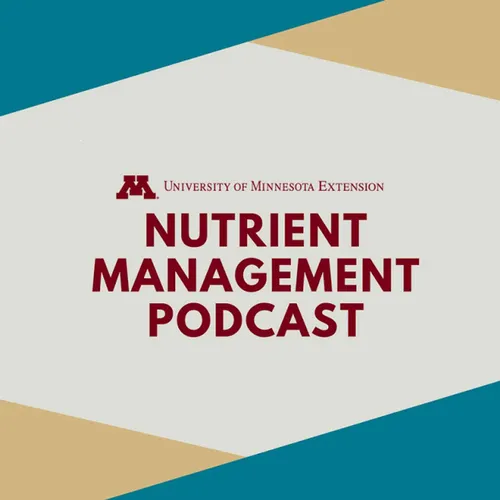
UMN Extension Nutrient Management Podcast
Welcome to University of Minnesota Extension's Nutrient Management Podcast. Each month we bring you the latest research in nutrient management for crops and how you can incorporate the latest tips and best management practices to your farm.
- Update frequency
- every 21 days
- Average duration
- 33 minutes
- Episodes
- 99
- Years Active
- 2019 - 2025
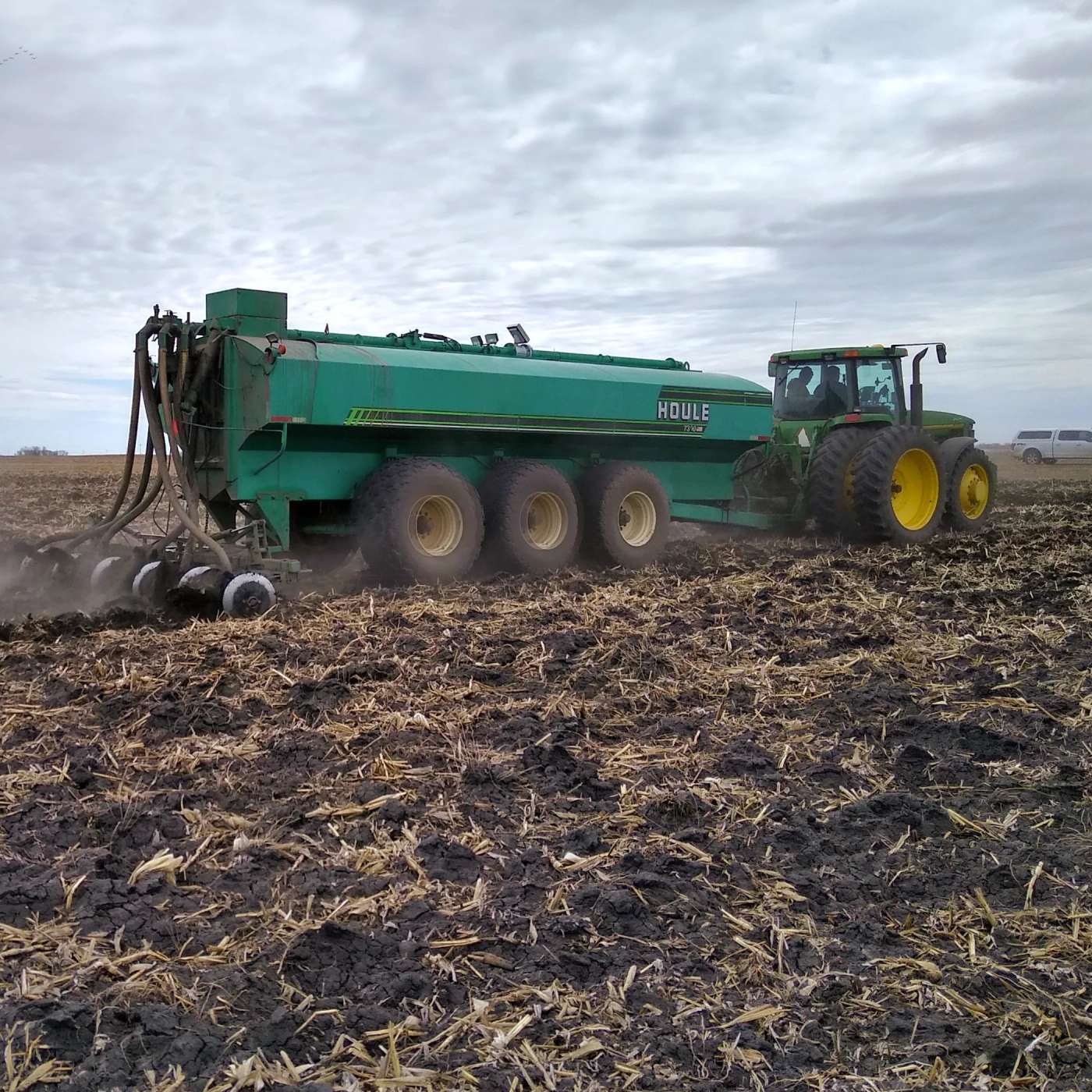
Fall manure application: Plans, resources & strategies for Minnesota farmers
On this episode of the Nutrient Management Podcast, we talk all about fall manure application. What should be on a farmer's to-do list to prepare for fall application? What names need to be on an ope…
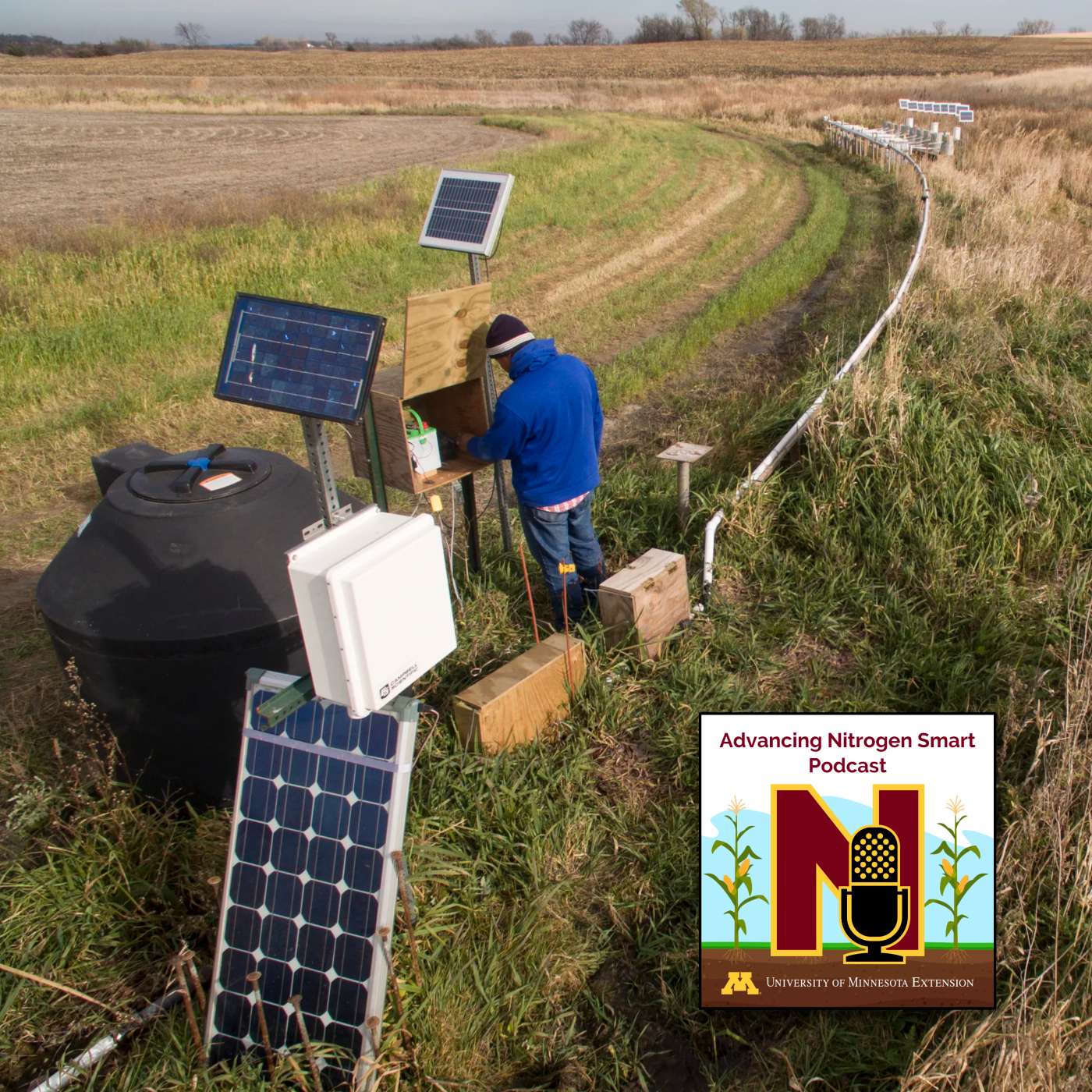
Bioreactors in-depth: Carbon sources, incorporation, maintenance & more
Today on the Advancing Nitrogen Smart Podcast we take a close-up look at bioreactors as an edge-of-field practice. How does this important tool work, and how does it help mitigate nitrate loss? What …
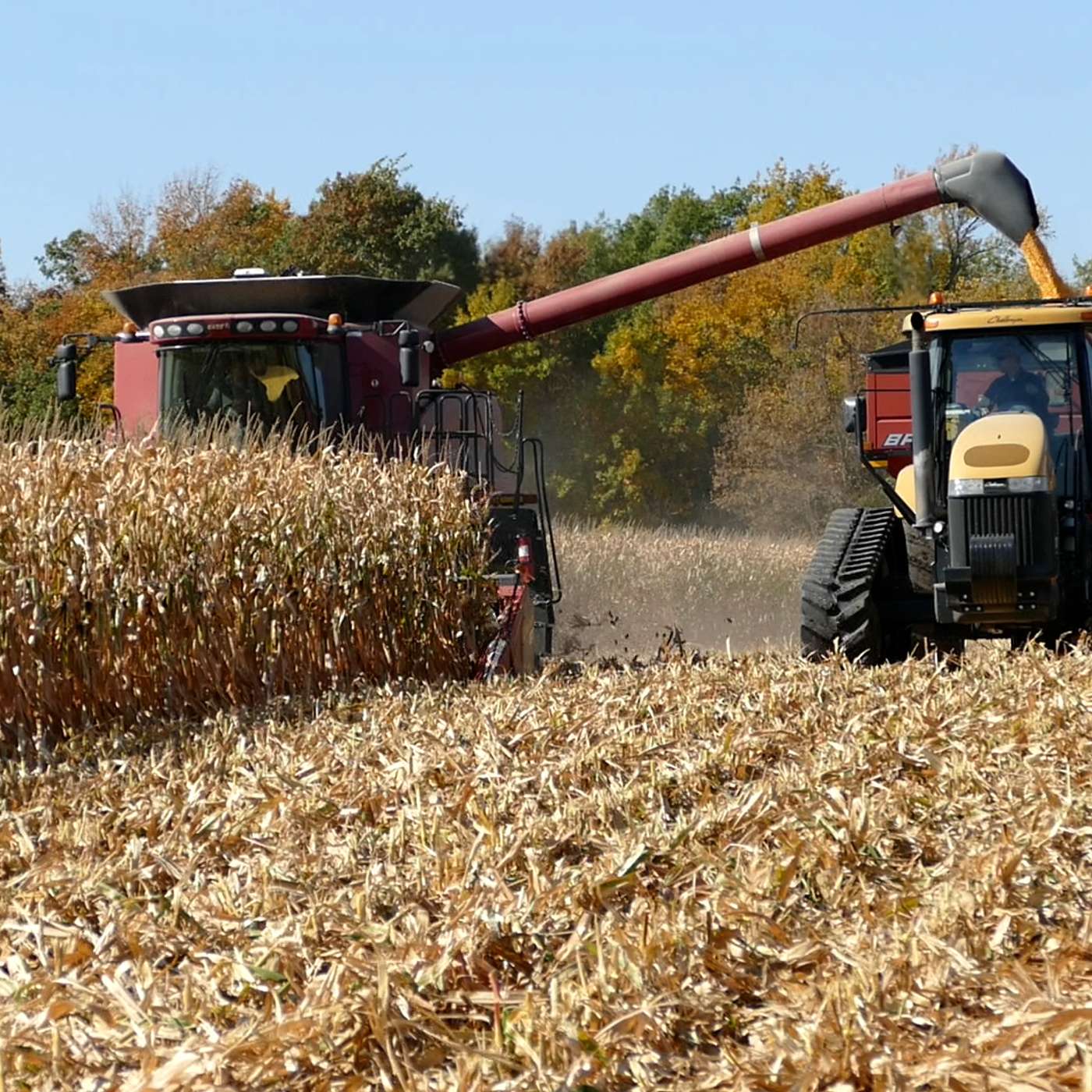
2025 Fall fertilizer outlook: Management tips during economic uncertainty
It’s that time of year again; time for the Fall Fertilizer Outlook on the Nutrient Management Podcast. Given the overall economics of crop production right now, how should farmers be approaching thei…
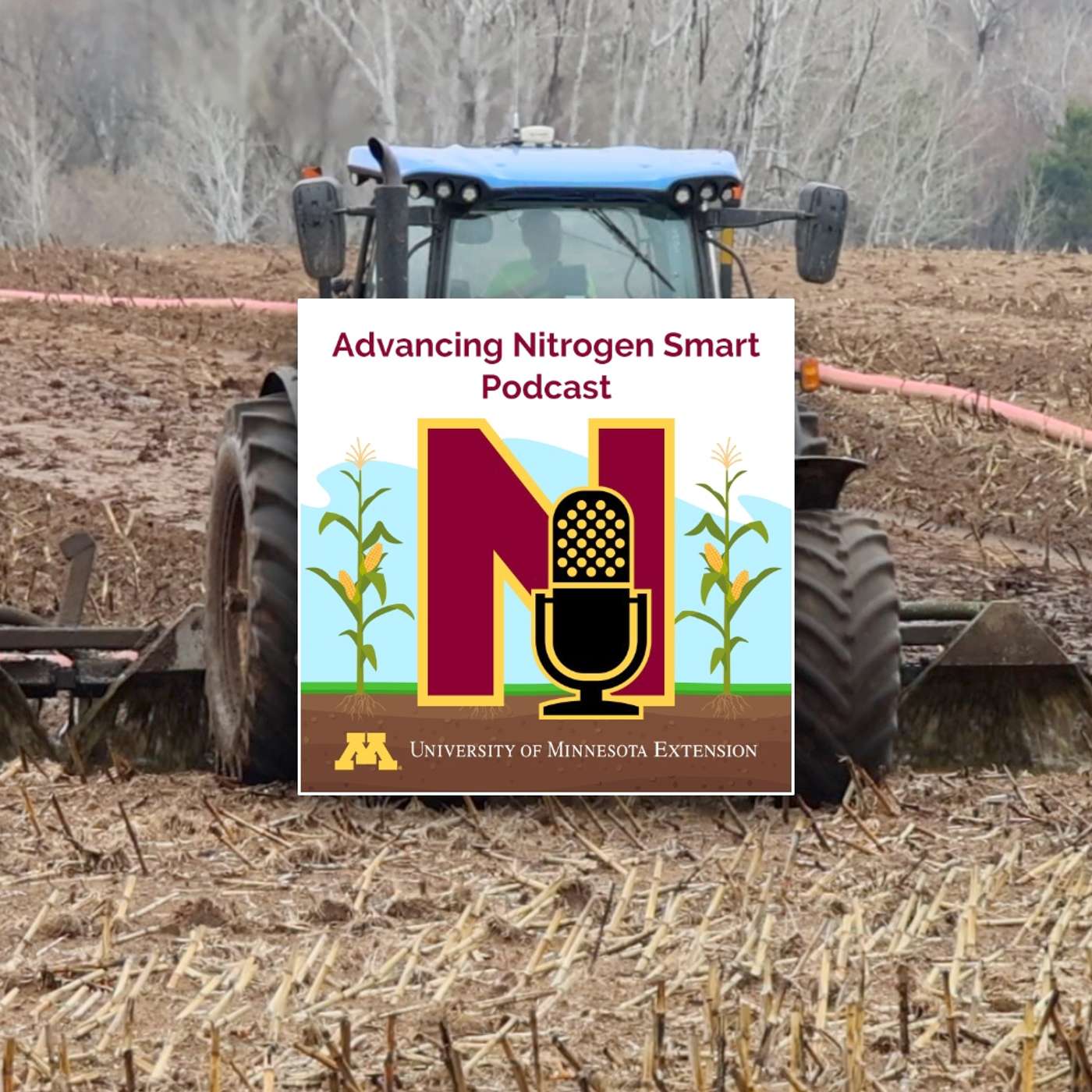
Manure laws and regulations in MN: Feedlots, storage, buffers & more
On today's Advancing Nitrogen Smart Podcast, Brad Carlson and Melissa Wilson explain aspects of Minnesota laws and regulations that manure applicators should be aware of. What are the requirements fo…

How soil conditions & chemistry affect nitrogen loss
Nitrogen loss is the topic today on the Advancing Nitrogen Smart podcast. Soil conditions and chemistry are factors that make nitrogen prone to loss, but how does the N loss process actually happen? …

Variable rate nitrogen: What are we trying to accomplish?
On this episode of Advancing Nitrogen Smart, Brad and Dan take some of the mystery out of variable rate N. What are we trying to accomplish when we use a variable rate management practice? What kinds…
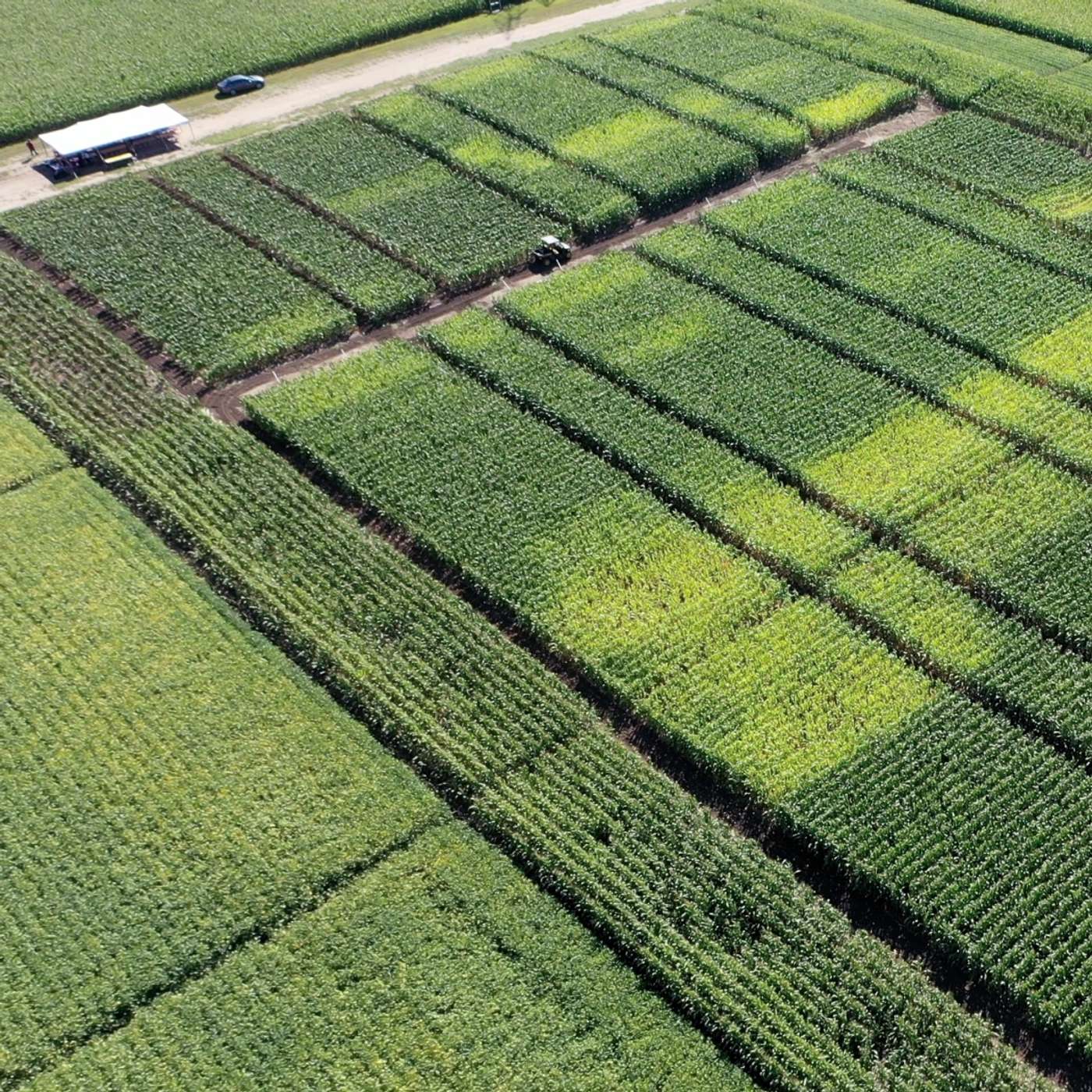
Nutrient management for irrigated crops in MN: Corn, potatoes, & edible beans
Today on the Nutrient Management Podcast we discuss nutrient management for irrigated crops in Minnesota. How many irrigated acres are there in Minnesota? What are some of the benefits and risks of i…

Sulfur management: In-season, source, carryover, soybean & more
This month's episode of the Nutrient Management Podcast is all about sulfur. Fertilizer guidelines go through changes periodically, but are there any upcoming changes to the sulfur fertilizer guideli…

Manure sampling and testing: Variability, guidelines & safety for your operation
This week on Advancing Nitrogen Smart Melissa Wilson and Brad Carlson talk about manure sampling and testing. What are some sampling guidelines to be aware of in Minnesota? How variable is nitrogen i…
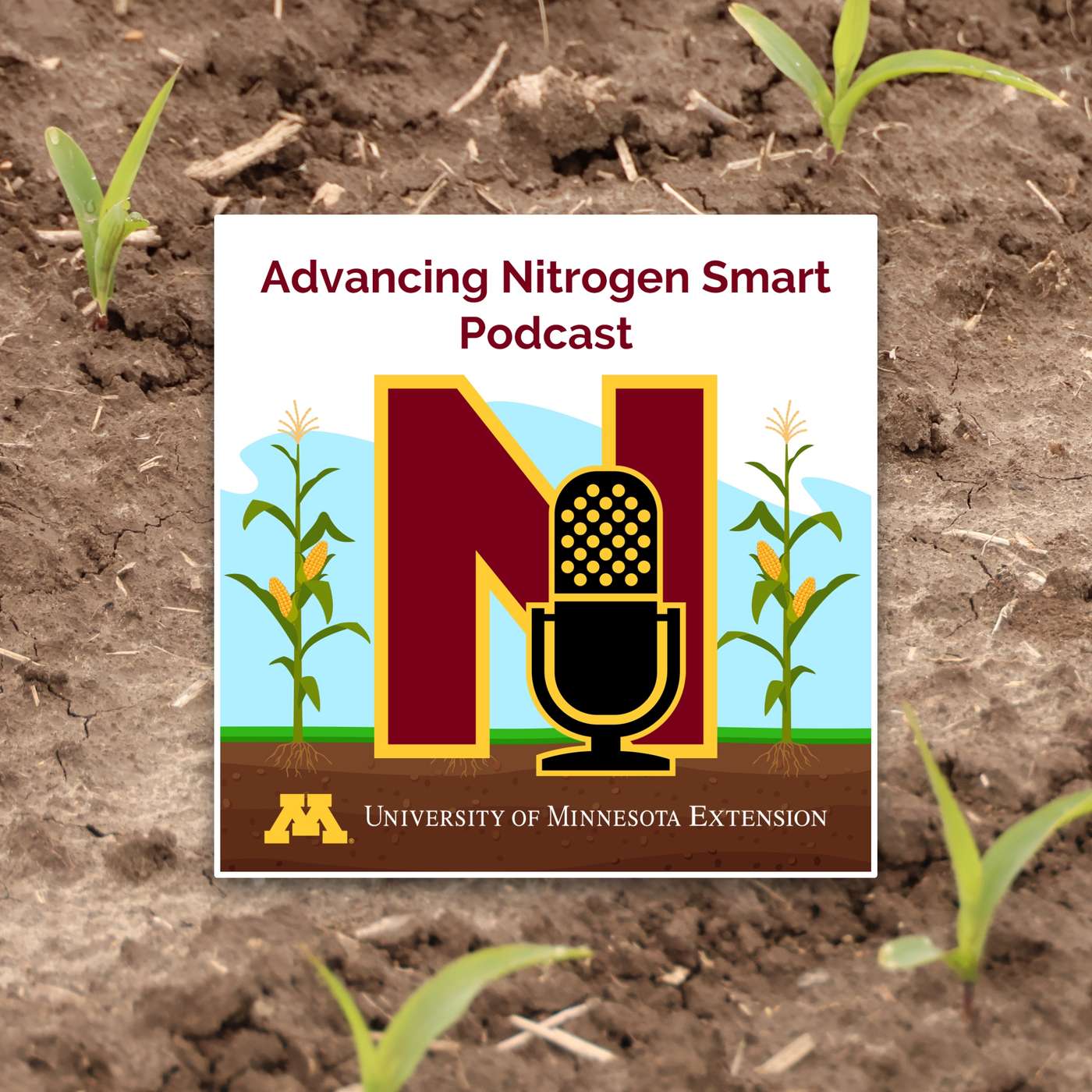
More Maximum Return to Nitrogen (MRTN): How is this N rec calculated?
Today on the Advancing Nitrogen Smart podcast series, Brad and Dan tell us how the Maximum Return to Nitrogen (MRTN) approach to N rate recommendations is calculated. What does the MRTN actually meas…

Conducting on-farm research: Four Midwest experts weigh in on design tips, planning and more
Today on the Nutrient Management Podcast we discuss on-farm research. On-farm research has been here for decades - so what's new about it? What are management practices that might be easier to evalua…
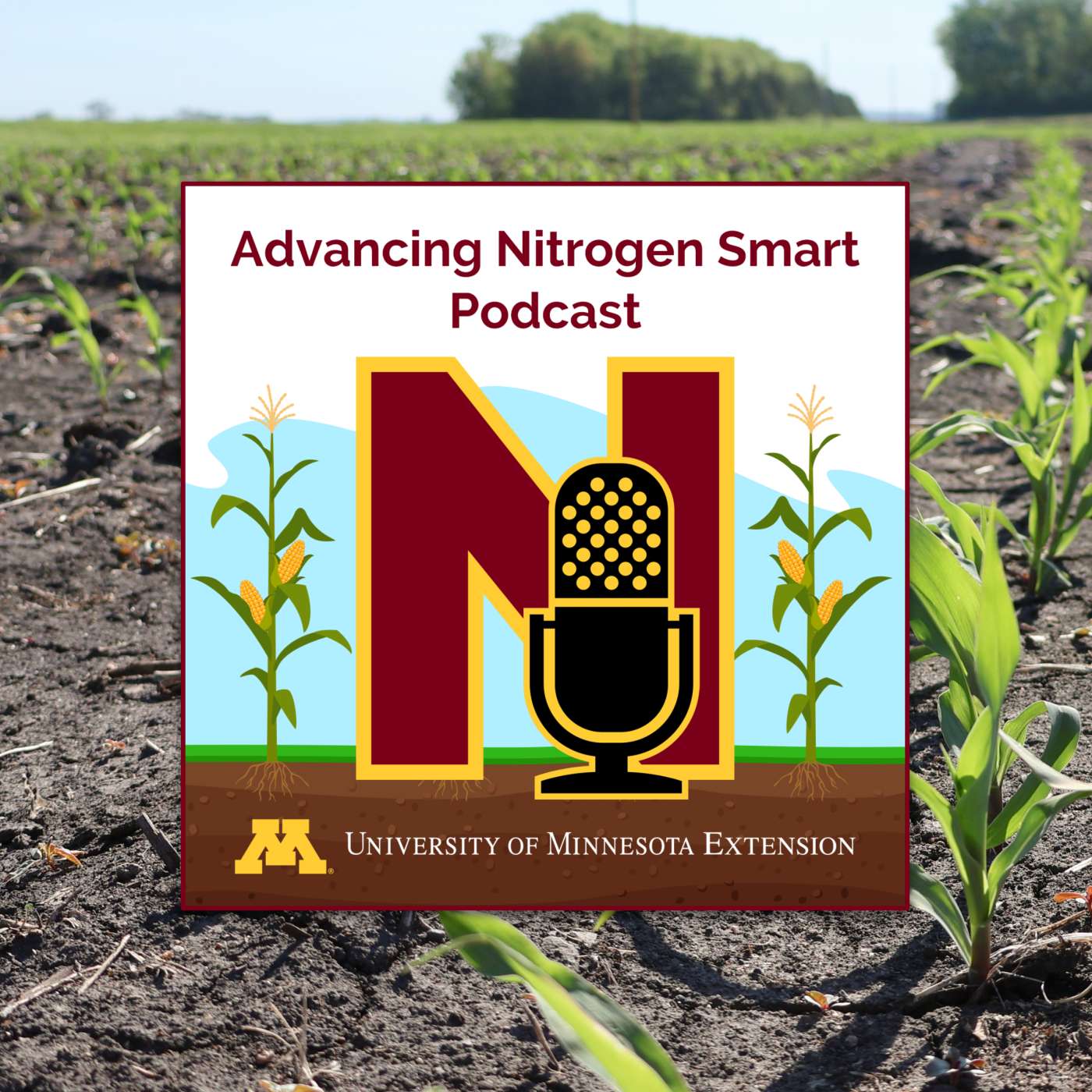
Accounting for soil and weather conditions: Methods and tools to help fine-tune your N
On this episode of Advancing Nitrogen Smart we discuss methods and tools to account for soil and weather conditions as you execute your nitrogen management strategy. Which tissue and nitrate testing …
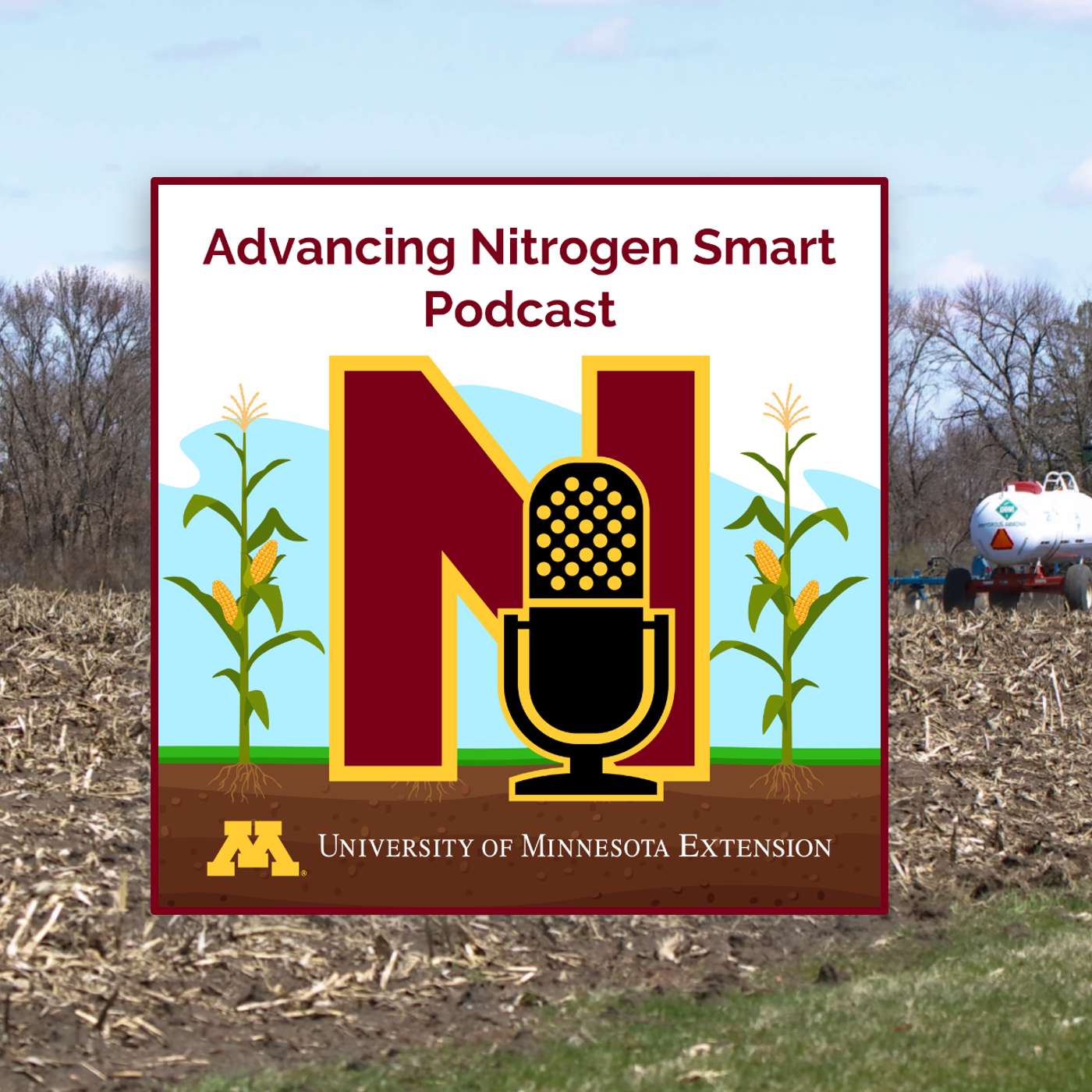
Why understanding the nitrogen cycle is key to managing soil fertility
Today on Advancing Nitrogen Smart we’re talking about the nitrogen cycle and managing soil fertility. What does 'the nitrogen cycle' mean, and how does it affect your management strategy? In what way…
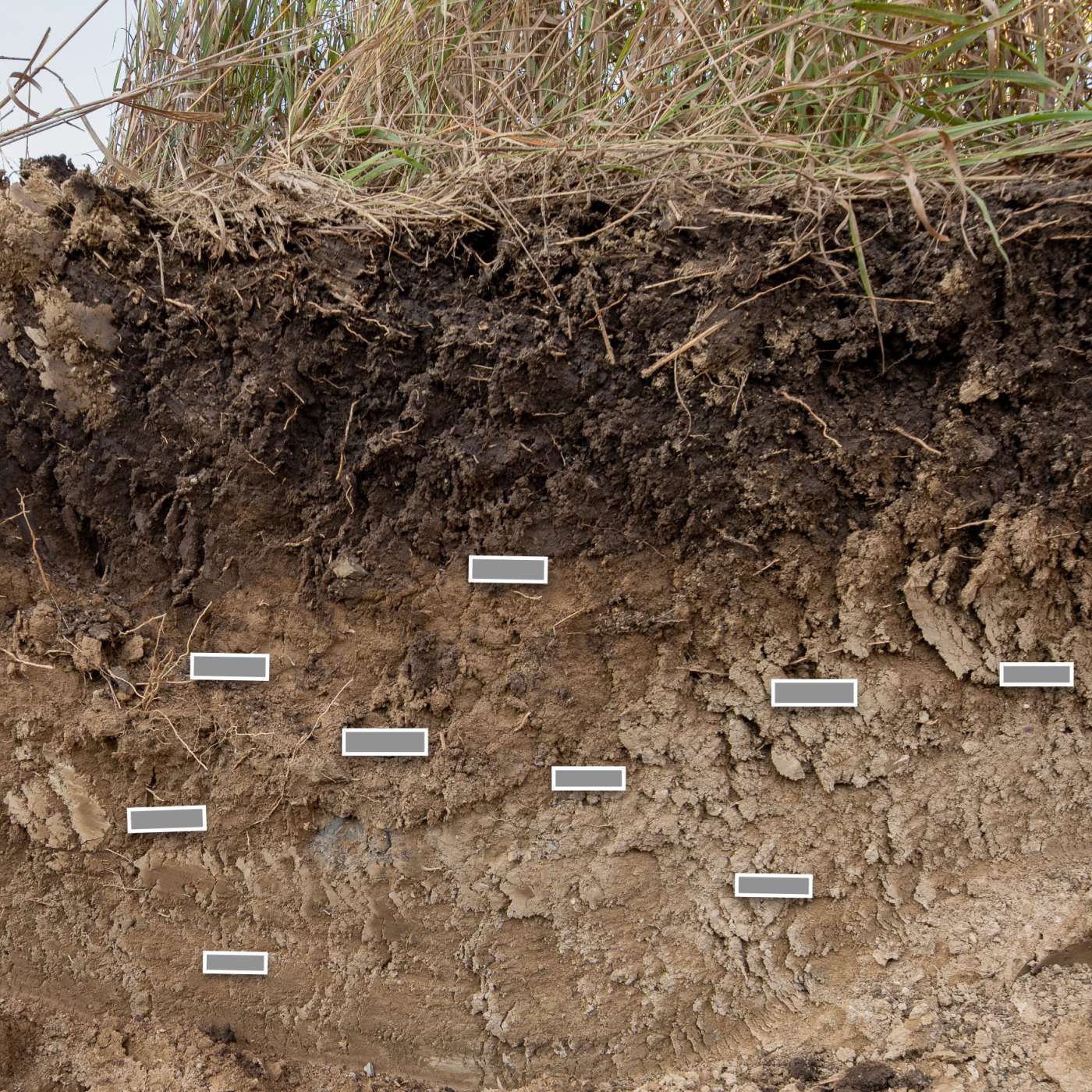
Cation exchange capacity & nutrient management: What does the data say?
Cation exchange capacity and cation balancing are the topics of the day in this episode of the Nutrient Management Podcast. What are the definitions of cation exchange capacity and cation balancing? …

Nitrogen fertilizer management & surface water: Context, successes and challenges
Today on the Advancing Nitrogen Smart Podcast we discuss nitrogen fertilizer management and surface water issues. When did we first become aware of nitrates appearing in surface water? What are some …
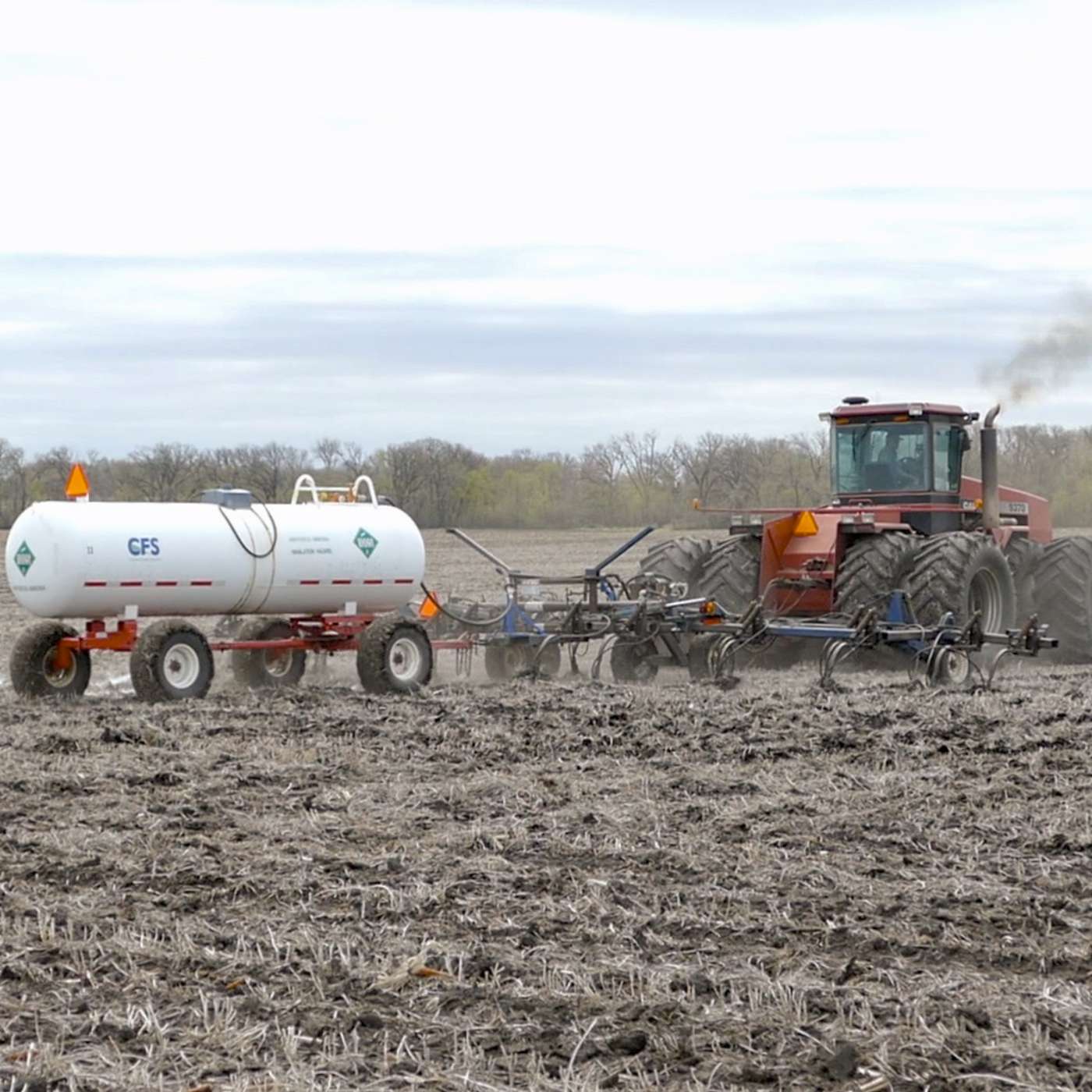
2025 Spring Fertilizer Outlook: What should MN farmers consider, avoid?
It's the end of March, which means it's time for the annual Spring Fertilizer Outlook. What are field conditions like throughout Minnesota? What early fertilizer application options might MN growers …

Nitrogen management & groundwater: What to know
A lot of the conversation about nitrogen management centers around environmental issues, and in particular, nitrate levels in groundwater and surface water in Minnesota. Today we’ll discuss N managem…

Nutrient management & cover crops: A research update across Minnesota
Today we talk with four panelists throughout Minnesota about nutrient management and cover crops. What are some results of new research looking into incorporating covers into a nutrient management st…

Nitrogen-fixing biologicals: What farmers should know
Today we’re talking all about nitrogen-fixing biologicals. What's the best definition of a biological or biostimulant? Are they fertilizers, pesticides - or neither? In what ways do they interact wit…

Variable rate nitrogen: What farmers should know
Today we’re talking all about variable rate nitrogen. What underlying information do we need to make decisions about VRN? What areas in the field might be prone to N loss? Should you only add extra N…